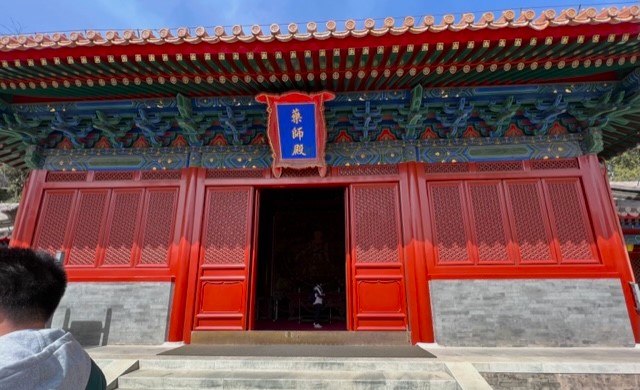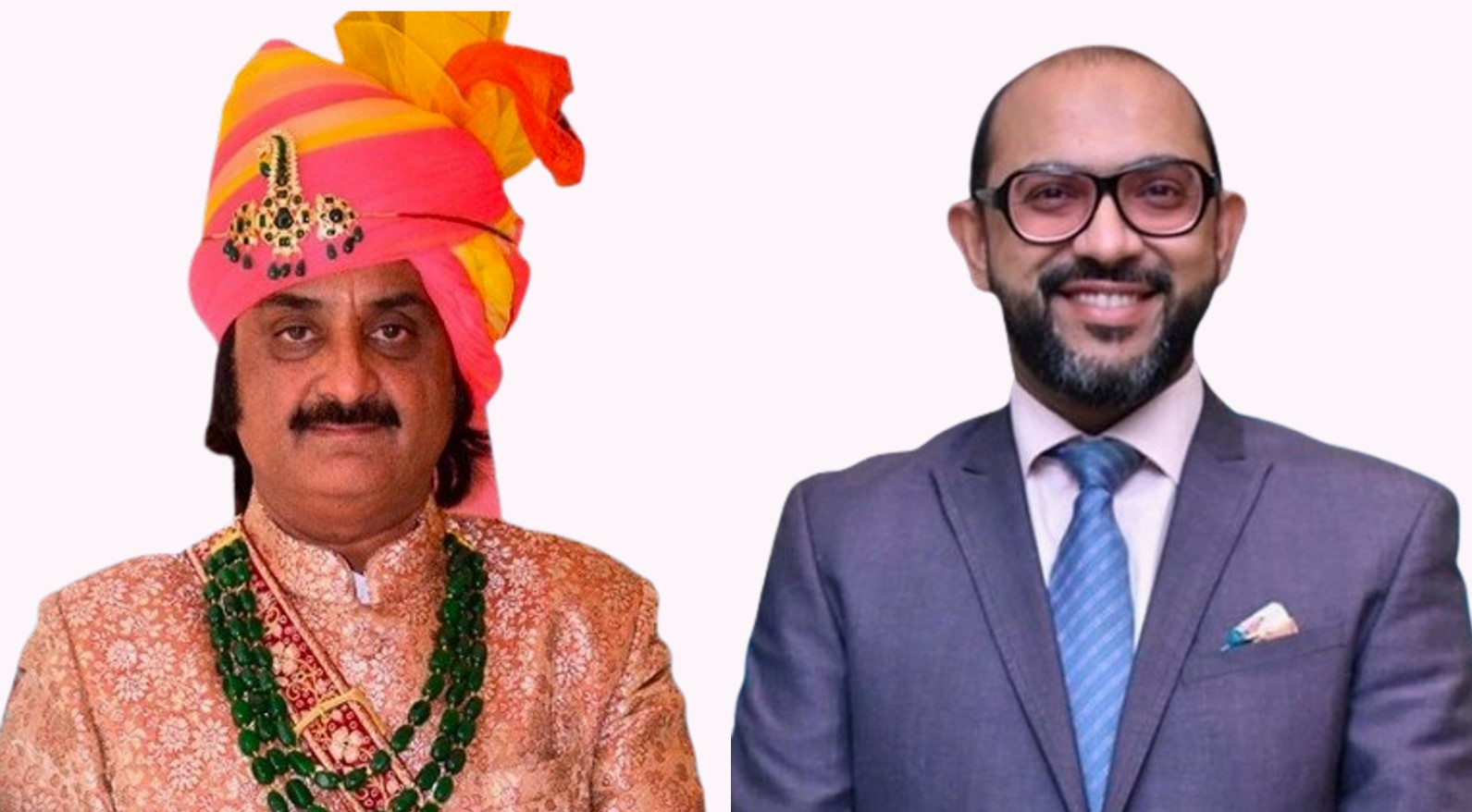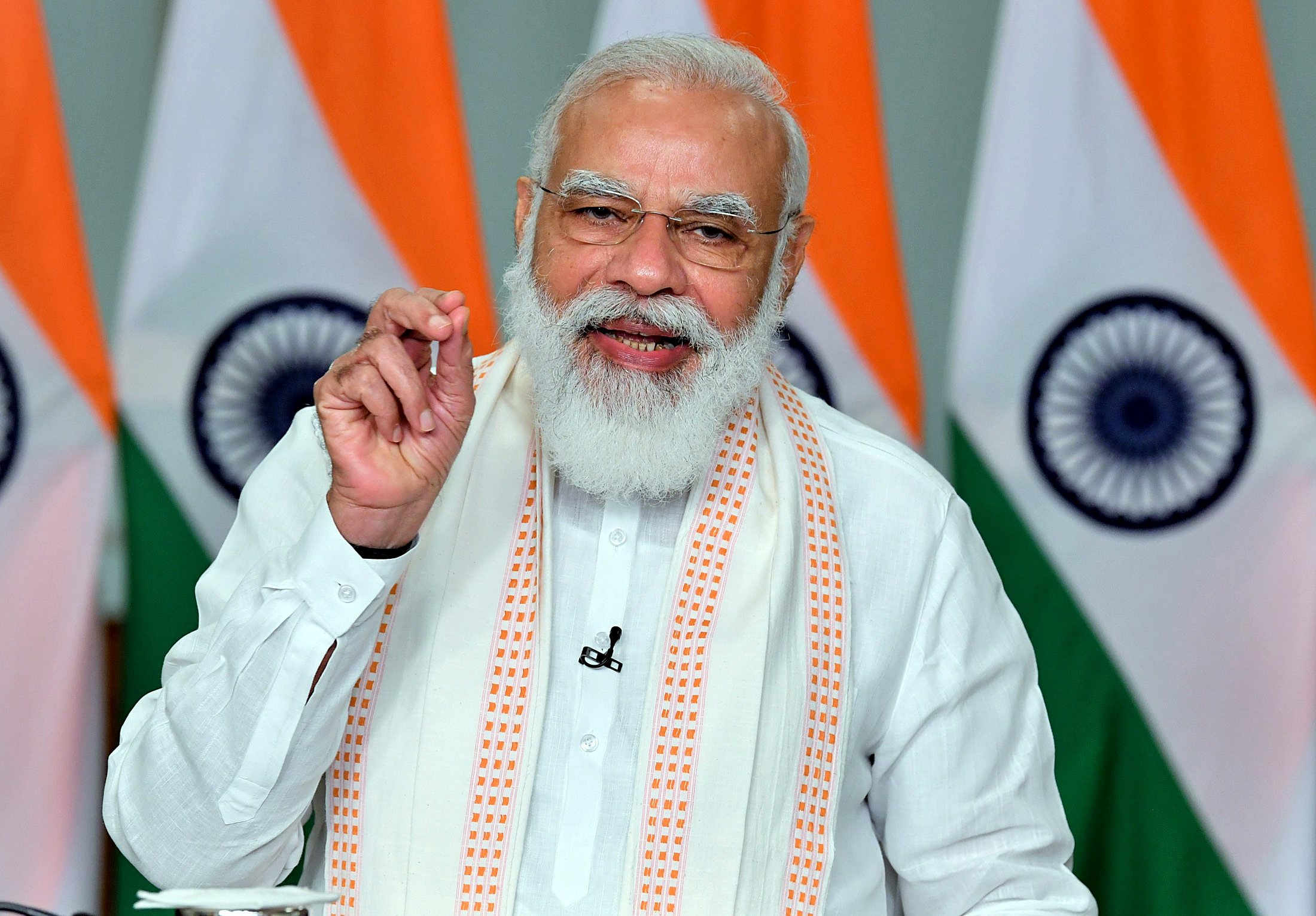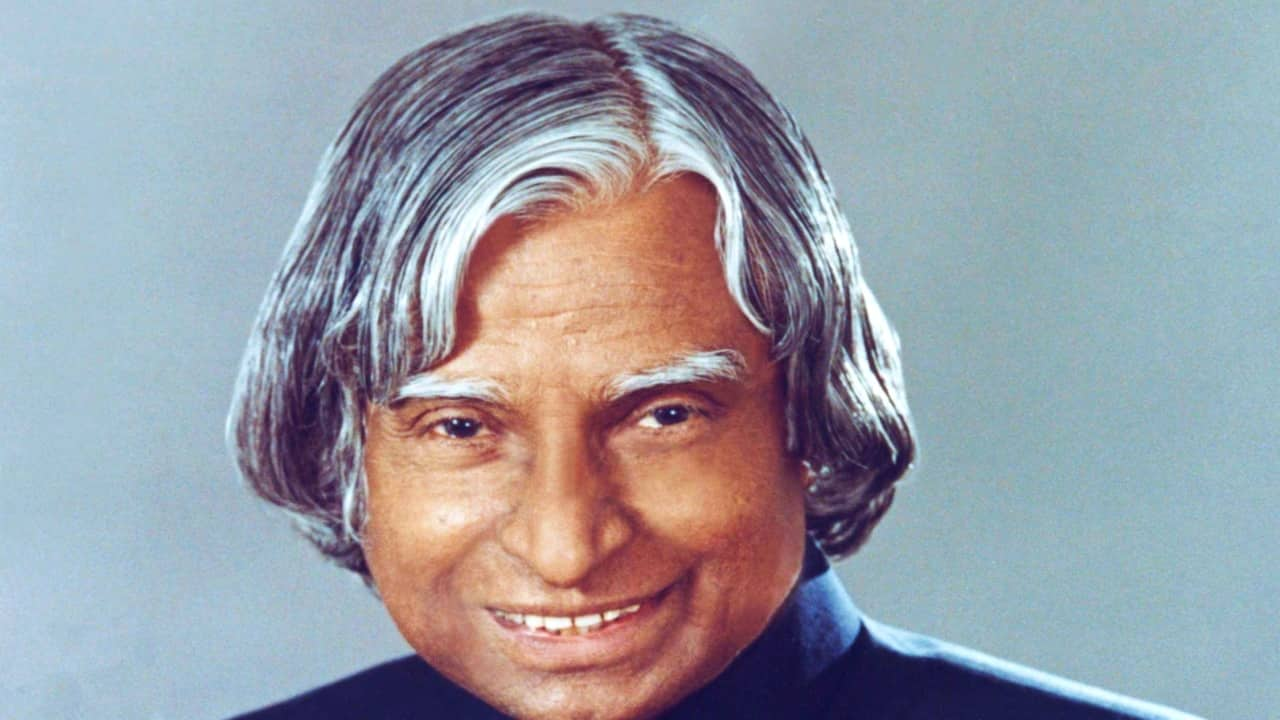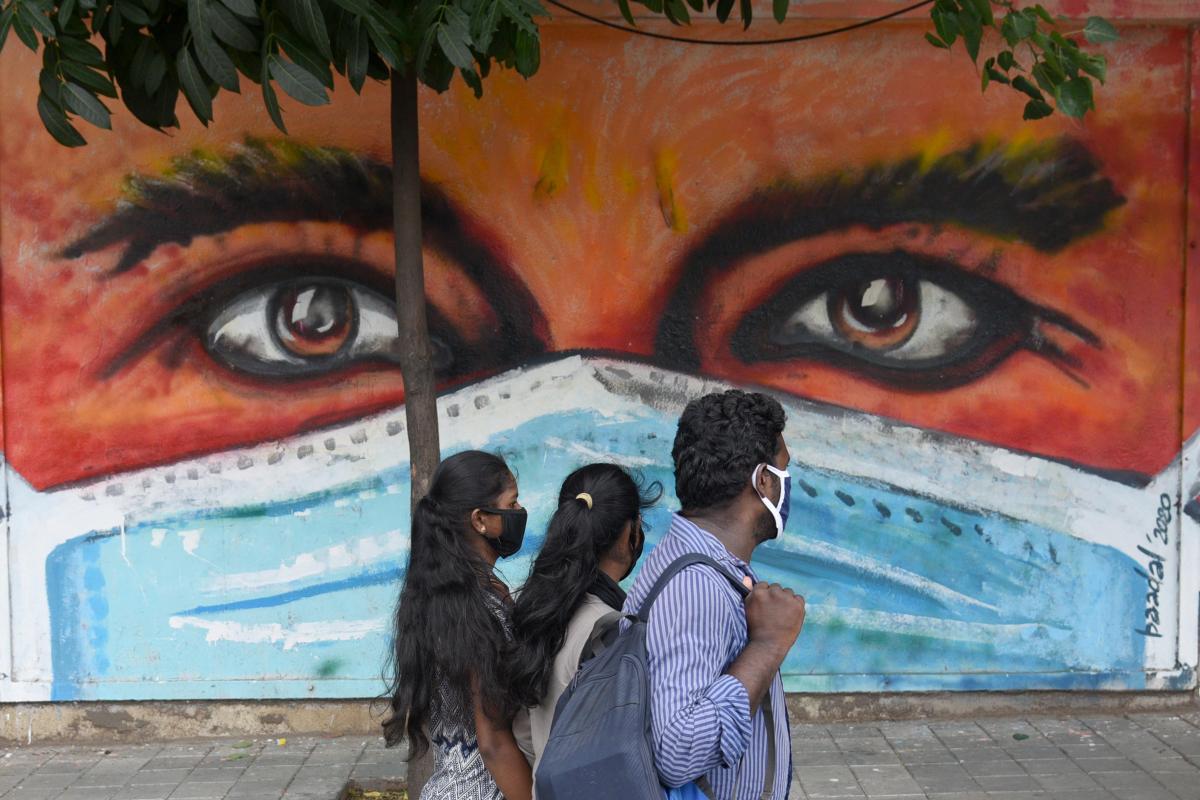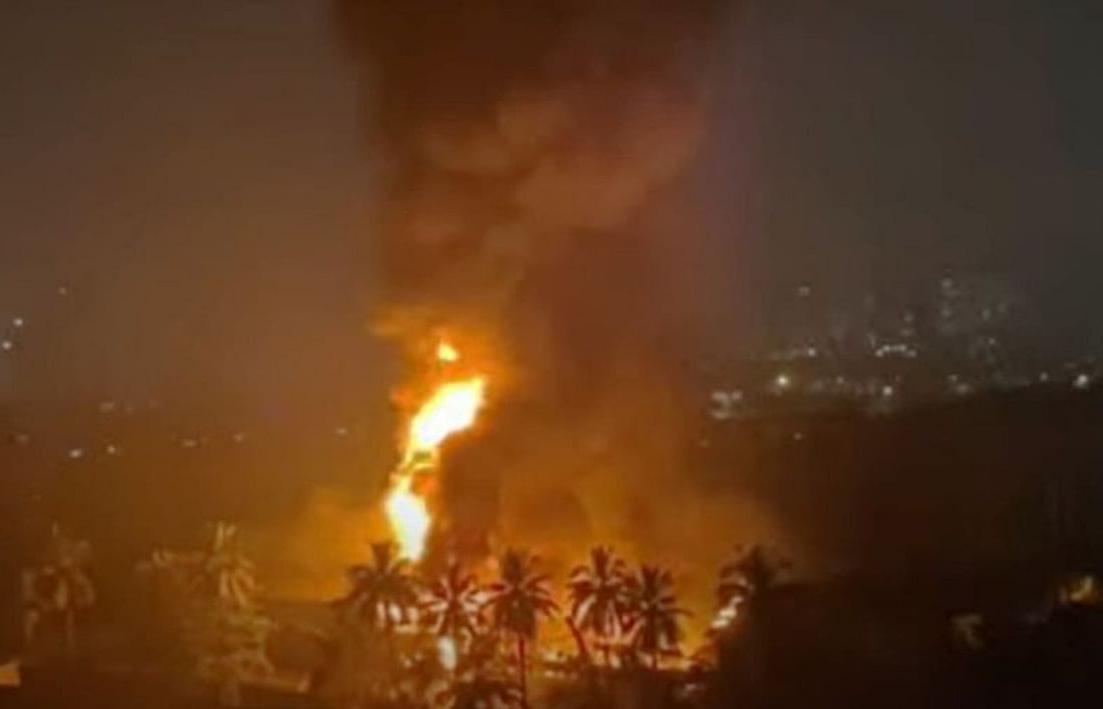- Art pieces still remain intact, bright and fresh-looking, most experts agree that the masterpieces found in the Temple are among the best-preserved murals in the world.
Mewati Sitaram – Beijing
If you are traveling to China, make sure to visit Fahai temple. It is located in the western suburbs of Beijing on the southern slope of Xishan Mountain,on a lovely hillside outside the city is Fahai temple. Worth the journey to see the surviving Ming dynasty paintings.
being built in 1443. It was created through the efforts of the Board of Works in the Ming Dynasty. At that time, Li Tong was the Ming Emperor’s favorite official eunuch, who raised the funds in order to construct the temple. The emperor Yingzong named it the Fahai Zen Temple which is now known as the Fahai Temple.
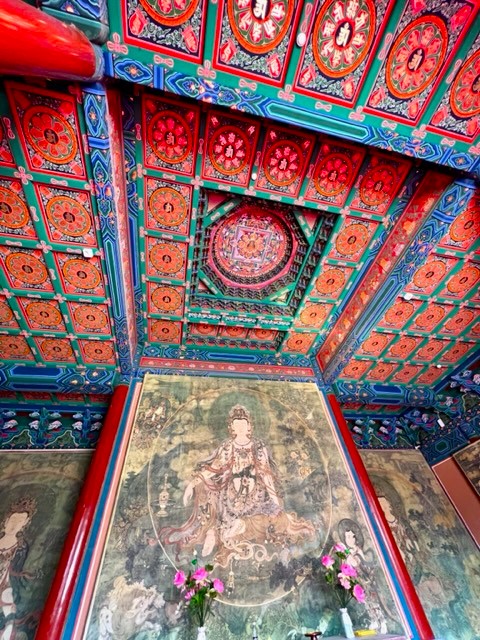
The Temple is a rare treasure, it is not an active religious community but a cultural institution. The peaceful situation of the temple complex on a wooded hillside is delightful too. A must for art lovers with time to get off the beaten track. These art pieces were created more than 500 years ago, but they still remain intact, bright and fresh-looking due to best preserved.It is well known for the ten large well-preserved murals in its main hall and a bronze bell. This artwork presents the Ming Dynasty’s best murals, amongst the most beautiful attractions in Beijing. It showcases history, art, and natural scenery. Built on three terraces and the stele of the temple was inscribed by Emperor Zhu Qizhen, making it one of the most famous Beijing temples. Most experts agree that the masterpieces found in Fahai Temple are among the best murals in the world.
Much of the temple was destroyed by a fire at the end of the twentieth century. The local government is investing significant amounts of money to ensure restoration. The original temple design had a main hall and four ancillary halls. It also used to have a bell and drum tower with several supplementary rooms. The entire temple was adorned with large-sized murals and many other decorations. At present, only a few side rooms, the main hall and some murals have survived. This is why the remaining pieces have become more valuable today.
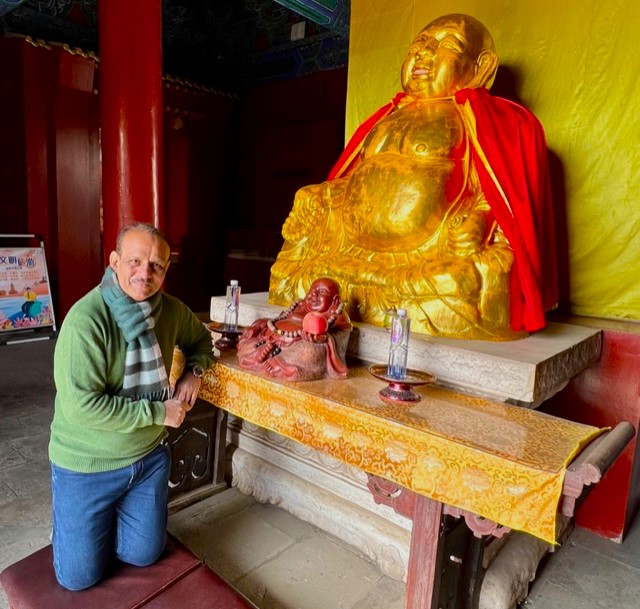
The frescoes in these temples are compared with those of the European Renaissance due to the meticulous painting and finest detail of the brush work. The frescoes cover over 230 square meters of space in the temple and are remarkably well preserved, due to the quality of paint used by the original artists and because of the efforts of the caretakers to not allow natural light to degrade the artwork. Three frescoes depict different meetings of Buddhist deities and were painted by the most renowned artists of the Ming Dynasty.
Historians say that the murals were created by remarkable artists, recruited from all over China and worked under the supervision of famous court painters. The remaining murals are considered to be the best-preserved art pieces from the Ming Dynasty in China. Art experts and historians are amazed at how well these art pieces are preserved. This could be because the special mineral pigments used look even better over time. These murals create sophistication and grandeur in the temple.
These paintings include 77 figures that depict the splendid gathering of the Bodhisattvas. Every figure looks different, but their spirits are unified. The murals show a religious occasion that denotes a link between beliefs and morals. The brushwork is very impressive. The painters made sure that every small detail is as perfect as possible. Experts and art enthusiasts from all over the world are stunned by how the paintings were done. The painters employed unique techniques. Females look gentle and soft while males are truly robust.

Editor in Chief : Mewati SItaram

